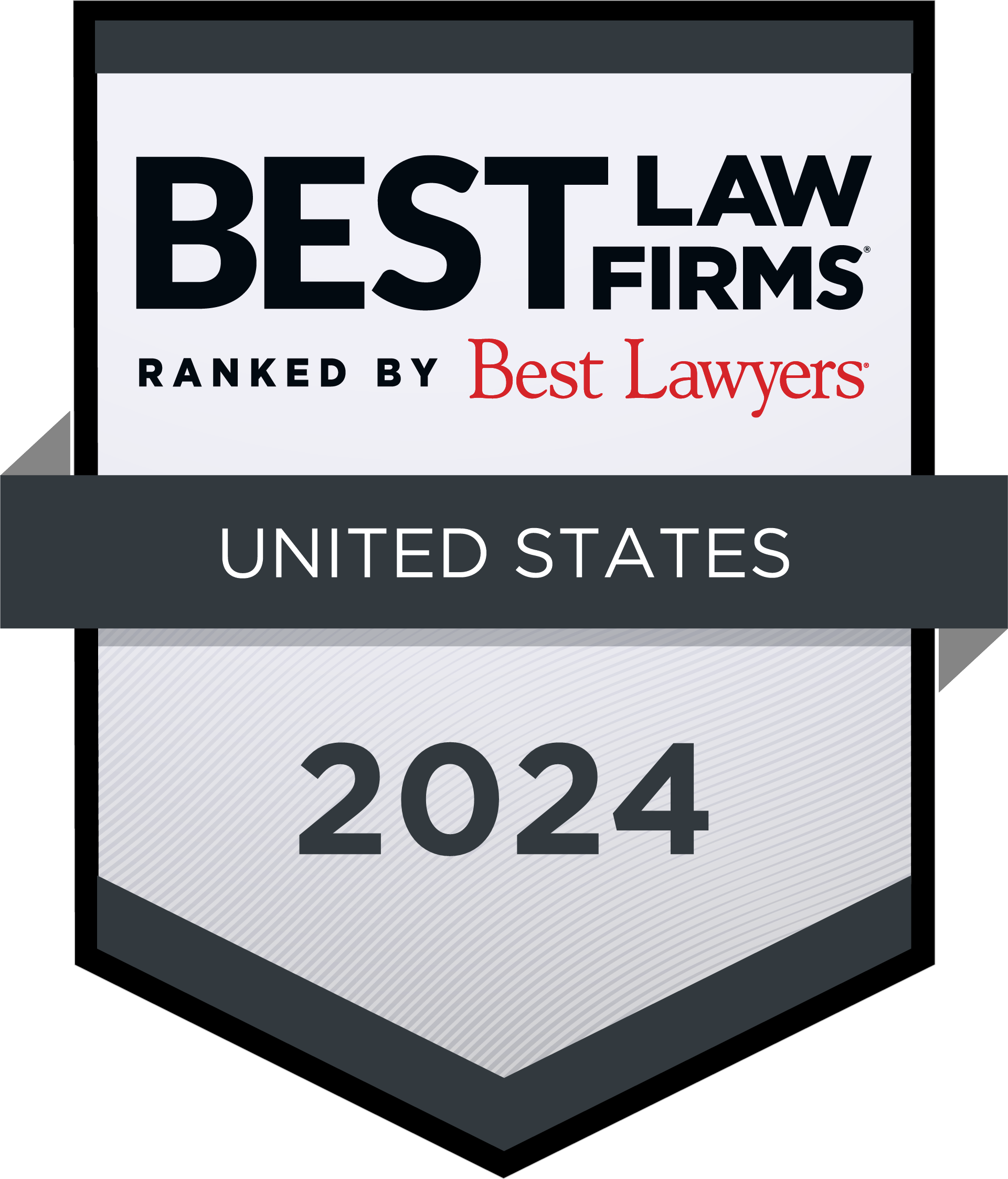SBA Loans
The economic uncertainty resulting from the COVID-19 virus pandemic has cast a large shadow over the market, with efforts to contain the virus adversely affecting many small businesses financially. One response to alleviate this strain on small businesses is the Keeping American Workers Paid and Employed Act [FN1.], a law designed to provide liquidity in the short term to small businesses by expanding the current 7(a) loan programs of the Small Business Administration (SBA) and providing 100 percent federally guaranteed loans to employers who maintain their payroll during the pandemic.
Eligibility and Requirements for 7(a) Loans
- Employers with 500 employees or fewer will be eligible to apply for the loans, along with industry’s where the SBA size standard allows more than 500 employees.
- Allows individuals who operate under a sole proprietorship, an independent contractor, or as a qualifying self-employed individual to be eligible for 7(a) loans.
- Allows not-for-profit entities to be eligible for 7(a) loans.
- Loan period begins on February 15, 2020, and ends on December 31, 2020.
- Lenders are required to determine whether a business was operational on February 15, 2020, and had either employees for whom it paid salaries and payroll taxes or a paid independent contractor.
- Size of loan is the average total monthly payroll costs during the one-year period prior to the loan being made multiplied by 2.5, and the maximum loan amount is $10 million.
- Payroll costs include salaries, wages, tips, payments for sick leave, insurance premiums, and state and local taxes assessed on the compensation of employees, but does not include compensation of employees earning more than $100,000 (as prorated for the relevant period).
Effect on Lenders
- The bill provides $349 billion to the 7(a) loan program.
- Loans would be immediately available through existing SBA-certified lenders—such as banks, credit unions, and other financial institutions—and the process will be streamlined to bring additional certified lenders to the program.
- Loans will be fully administered and underwritten by participating lenders.
- Loans are 100% federally guaranteed by the SBA; so creditors bear no risk.
- No lender or borrower fees on these loans.
- Allows complete deferment of 7(a) loan payments for not more than one year.
Payroll and Loan Forgiveness
- Businesses will be eligible to apply for loan forgiveness equal to the amount spent by the business during an 8-week period after the loan closing date on payroll costs, interests on mortgages, payments of rent, and utility payments that were in place before February 15, 2020.
- The portion of the loan used to cover payroll costs for employees earning less than $100,000 per year will be forgiven without income tax implications.
- The amount of the loan eligible for forgiveness will be reduced proportionally by any reduction in employees retained compared to the previous year, and by the reduction in pay of any employee beyond 25% of the most recent full quarter the employee was employed.
- Employees previously laid off from February 15, 2020, through April 1, 2020, who are rehired will not count against the business in the calculation for loan forgiveness so long as the employees are rehired by June 30, 2020.
- Reductions in pay for employees earning more than $100,000 per year are not considered in the calculation for loan forgiveness.
More information about the SBA’s programs, including the Paycheck Protection Program (PPP).
To apply for a loan, download the form, but keep in mind additional information is required.
|
Update: See Scott Faulkner’s news item about business-uncertainty certifications required by the PPP. |
Next steps
Companies should assess their qualifications for a 7(a) loan. After that, the steps that should be taken include—
- Checking with your bank or financial institution to see whether it is or expects to participate in the program. If it isn’t participating, identify an appropriate participating lender.
- Asking your bank or financial institution about the timing of implementation for the proposed legislation, along with any necessary documents or other requirements needed for a 7(a) loan.
- Preparing an analysis of expected payroll and related costs from February 15 to June 30 for employees earning below $100,000 annually. For additional funds past the amount expected for payroll, prepare a broader analysis supporting the use for the requested funds.
If you have questions about the legislation or need assistance navigating the SBA requirements or the loan process, our team is standing by ready to assist. Please contact any one of the following Lanier Ford attorneys:
- Corey Jenkins, This email address is being protected from spambots. You need JavaScript enabled to view it., 256-713-2234
- John Baggette, This email address is being protected from spambots. You need JavaScript enabled to view it., 256-713-2208
- Fred Coffey, This email address is being protected from spambots. You need JavaScript enabled to view it., 256-713-2263
- Graham Burgess, This email address is being protected from spambots. You need JavaScript enabled to view it., 256-713-2504
- Paul Seeley, This email address is being protected from spambots. You need JavaScript enabled to view it., 256-713-2251
FN1: This law is part of the Coronavirus Aid, Relief, and Economic Security Act (CARES Act) that became law on March 27, 2020.
Items on this web page are general in nature. They cannot—and should not—replace consultation with a competent legal professional. Nothing on this web page should be considered rendering legal advice.
© 2020






